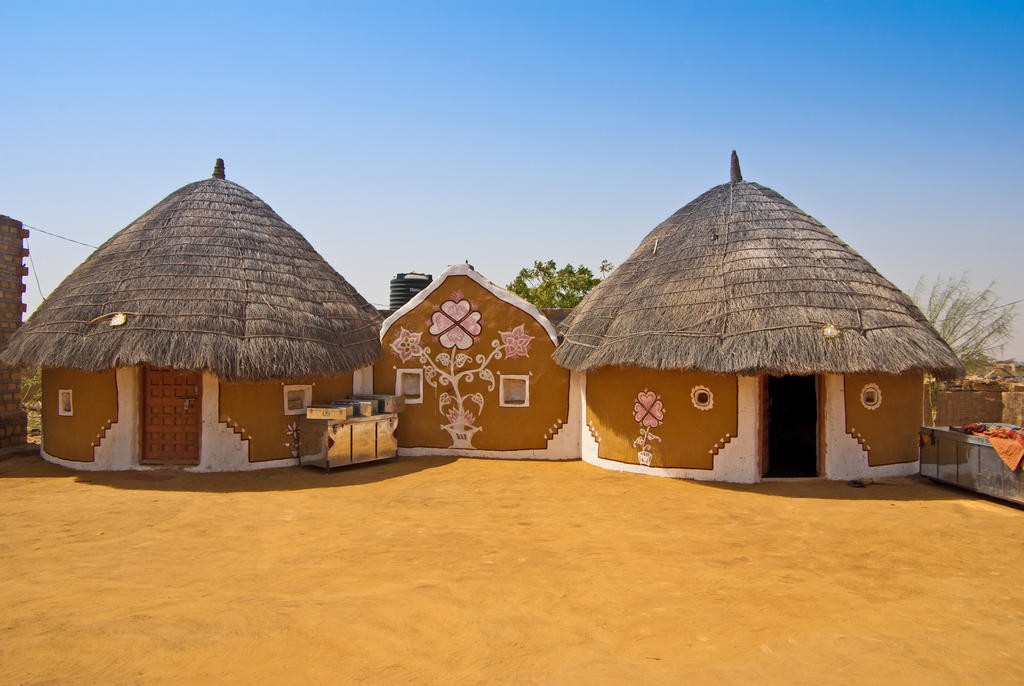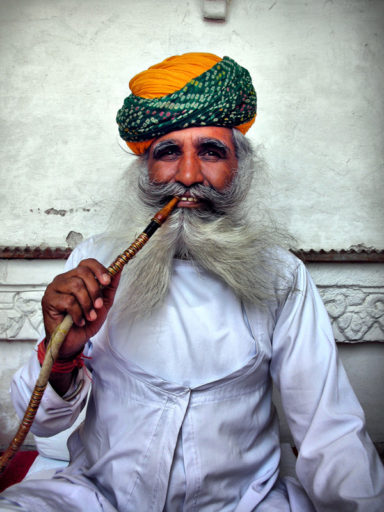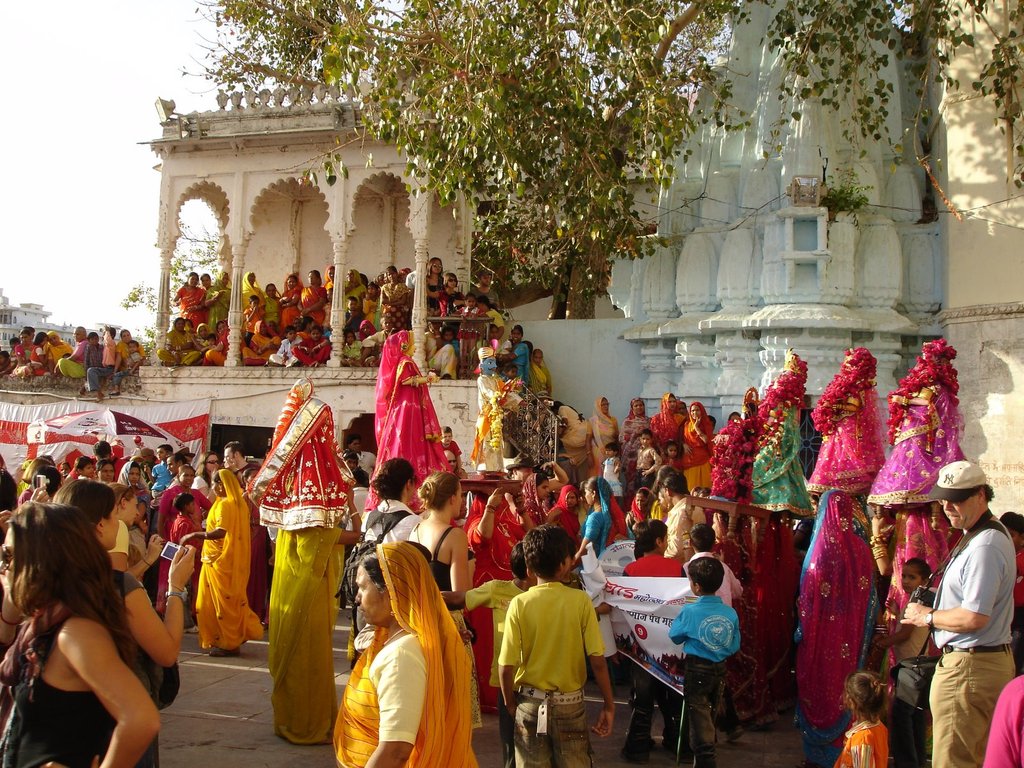A majority of population in Rajasthan reside in villages. The rural vistas have a lot to offer to the visitors. Being the origin of the famous folk arts and crafts of the state, the rural settings are home to the most warm-hearted people and peaceful surrounding. Away from the hustle bustle of cities, rural life is the best way to re-energize you amongst people that derive their energy from their own close knit and very generous society.
The peaceful surroundings not only present a view of the very different lifestyle but also offer the most sumptuous cuisine along with some dazzling attires and numerous celebrations. Staying with the villagers in their mud houses and spending a day or two with them will bring you across a way of life so peaceful and content that you may never want to leave.
Eco – friendly Houses
If a hamlet looks bleak, it is hardly surprising: the resources for building these homes, which are the most eco-friendly living unit, are made with what is available at hand, and in Rajasthan, and particularly so in its western desert regions. This can mean precious little. A village that is even a little larger may have pucca houses, or larger living units, usually belonging to the village Zamindar family. Consisting of courtyards, and a large Nora or cattle enclosure, attached to one side or at the entrance, these are made of a mixture of sun-baked clay bricks covered with a plaster of lime.

A Multi-cultured Settlement
Each village is a multi-community settlement, the various castes creating a structure of dependence based on the nature of their work. While changes are being wrought in this structure, with ceilings on land holdings, and with young seeking employment opportunities in towns distant from their villages, the social fabric has still not been rent.

Rajputs – The dominating Community
At the head of the village settlement are usually the Rajputs, the warrior race whose kings ruled, till recently, over these lands. The Rajputs served their kings, joining their armies, and raising their cavalries , but an attendant pursuit was as agriculturists. Often, they employed labour to work on their extensive fields, and kept cattle for dairy produce. In fact, the cattle density in Rajasthan is very high, and milk from desert settlements is supplied to the large cities close to the state, including Delhi.

Religious People
An intensely religious people, each home in Rajasthan will have a room or at least an alcove where they fold their hands and say their prayers before calendar images of their gods. To seek benevolence from their gods, for in this hostile landscape, it is easy to be superstitious, and they pray to the terrible image of Kali, the wrathful form of Shiva’s consort, to protect them from the demons of the elements, and the scrounge of mankind.

Ethnic Cuisines
The principal meal for the family consists of dinner, when freshly baked bread and porridge is served with a yoghurt curry called karhi, and with vegetables that may consist of dried beans, or, now, increasingly fresh produce that is grown and transported from neighbouring states. For most families, breakfast is a glass full of hot tea gulped down with stale bread, before rushing off to attend to the day’s tasks, and lunch is a frugal meal of unleavened bread eaten with a spicy chutney of chillies and garlic.









